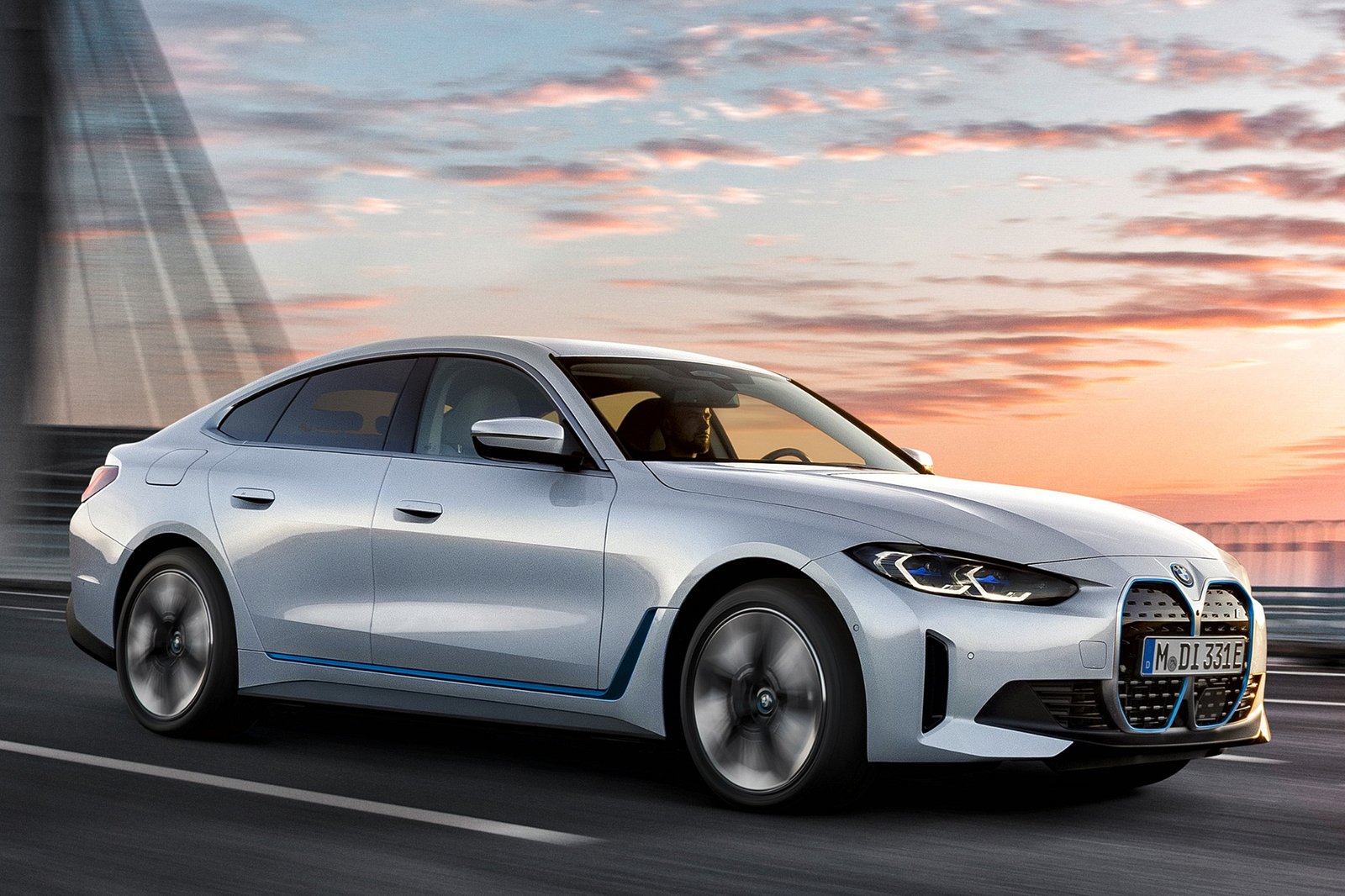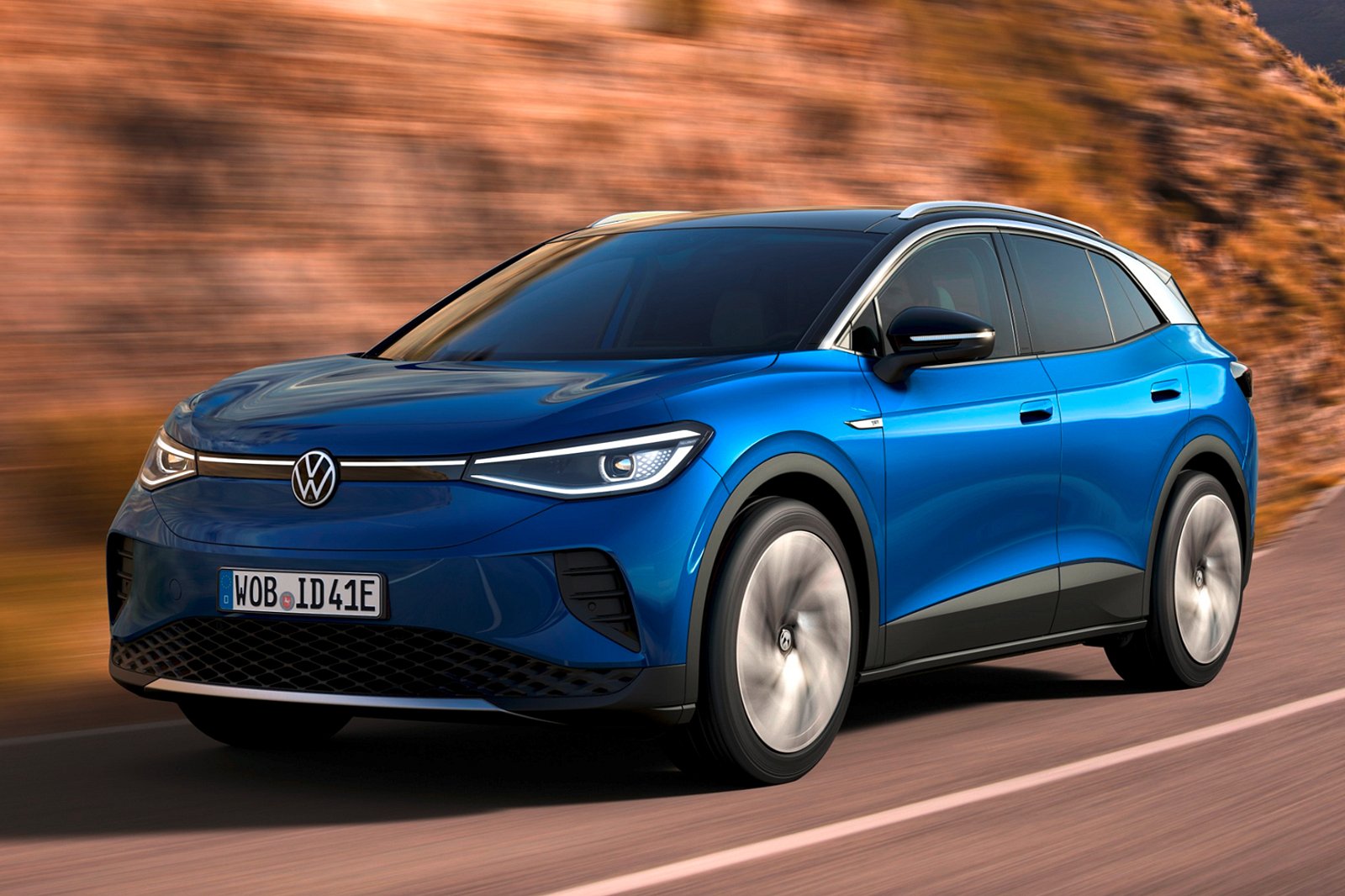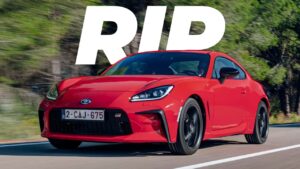12-Year Stagnation: No Changes in Passenger Vehicles on European Roads, Reports European Court of Auditors
The European Union’s supervisory institute, the European Court of Auditors, has recently disclosed some surprising data regarding the level of emissions from newly manufactured vehicles. According to the report, passenger cars on EU streets emit an equivalent amount of CO2 to that of 12 years ago. This suggests that actual emissions have not decreased in over a decade, despite progress in technology, reduced engine size, and the rising demand for electric automobiles.
According to Pietro Russo, the ECA member responsible for conducting the audit, the European Union must take significant steps in order to establish itself as a frontrunner in environmentally-friendly transportation. In his statement, Russo emphasized the necessity of decreasing the number of polluting vehicles on European roads. “As long as the combustion engine remains prevalent, a genuine and noticeable decrease in cars’ CO2 emissions will not be achieved. However, electrifying the EU’s car fleet is a massive undertaking,” he asserted.
According to the European Court of Auditors (ECA), electric vehicles are crucial in achieving the European Union’s goal of having a zero-emissions fleet. However, the ECA also emphasized the need for automakers to step up their efforts and provide a greater selection of electric vehicles.

In Europe, the majority of new vehicle purchases are still made up of conventionally powered cars, contributing to almost 75% of total emissions. Despite a slight decrease of 4.6% in pollution from gasoline vehicles, diesel-powered cars have maintained their previous levels. It raises the question: why is this happening despite the improved efficiency of combustion engines? According to the Emissions Control Agency (ECA), the progress is nullified by the fact that cars are now 10% heavier and equipped with more powerful engines on average, increasing by 25% across all models.
Despite the presence of hybrid cars, the EU has struggled to achieve its goal of reducing emissions. The actual levels of pollution emitted by these vehicles exceed the numbers recorded during testing. In response to this issue, the EU has announced plans to implement changes in the utilization of both electric and combustion power from 2025 onwards.
At present, carmakers who provide plug-in hybrids will still enjoy the advantages of having cars classified as “low-emission vehicles.” As per ECA auditors, the presence of electric vehicles (such as the popular Tesla Model Y) has played a significant role in decreasing the overall CO2 emissions on the road.


Surprisingly, additional research suggests that electric cars produce higher amounts of particulate pollution from their tires due to their increased weight.
The ECA alludes to the multiple instances of cheating on emissions, such as the infamous Dieselgate scandal, which have resulted in significant disparities between laboratory testing and actual emissions. The introduction of the new WLTP lab test in 2017 replaced the outdated NEDC and has decreased the gap between regulated testing and real-life conditions, though it remains far from ideal.
The ECA believes that increased availability of raw materials is the key to solving this issue. This would enable car manufacturers to produce a larger quantity of batteries without difficulty. Nevertheless, the organization concedes that the main obstacle to the widespread use of electric vehicles is the high cost, leading many consumers to hold onto their older models. However, with the introduction of a new wave of inexpensive EVs, it is hoped that this trend will reverse.










I found this very helpful and will be sharing it with my friends.